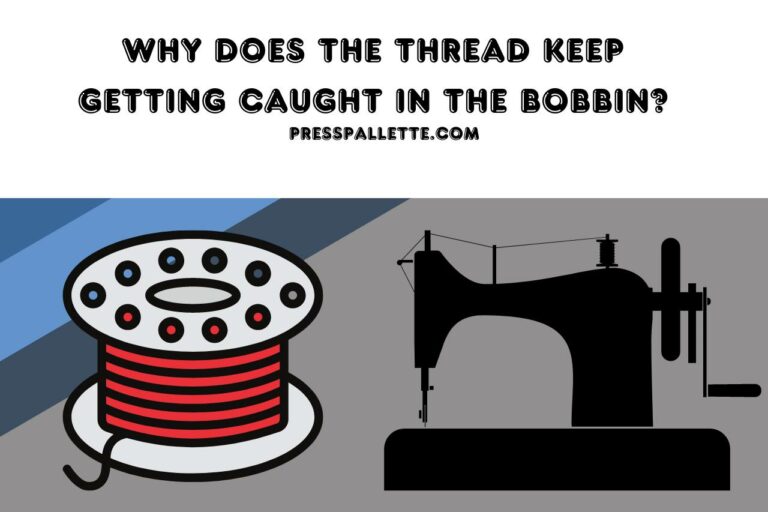Can you Bleach and Sublimate On a 60 Cotton 40 Polyester? Exploring Printing Possibilities!
“Can you bleach and sublimate on a 60 cotton 40 polyester blend?” is a burning question for many DIY enthusiasts and professionals, just like you and us, in the fabric customization realm. Delving into the nuances of fabric blends, our reaction to sublimation, and our role in bleaching, this guide offers insights into how to we on achieving optimal results. Discover the unique challenges and techniques tailored for this specific blend, ensuring you vibrant and lasting designs. Let’s embark on this fabric journey, uncovering the secrets behind successful cotton-polyester sublimation.
Can You Bleach and Sublimate on a 60 Cotton 40 Polyester Blend?
You can bleach and sublimate on a 60% cotton 40% polyester blend, yet your outcomes may vary compared to pure polyester fabrics. Here’s what you need to know:
- Polyester and Sublimation: Polyester should be your preferred fabric for sublimation due to its ability to retain vibrant colors when subjected to high heat. The sublimation process involves turning dye particles from a solid state directly to gas, which then penetrates your polyester fibers, creating a long-lasting print.
- Cotton’s Impact: Cotton fibers don’t take dye sublimation in the same way your polyester does. When sublimating on a blend, your ink will only bind to your polyester fibers, leaving the cotton fibers relatively untouched. This means that your final print on a 60/40 blend will be less vibrant and may have a somewhat faded or vintage appearance.
- Bleaching Considerations: Bleaching can affect your fabric’s ability to absorb your dye. Bleaching a cotton-polyester blend prior to sublimation might lead to uneven or muted color outcomes. Moreover, bleach weakens fabric fibers, potentially impacting your fabric’s lifespan and wear.
- Best Practices: If you decide to sublimate on a bleached cotton-polyester blend, it’s crucial to wash and thoroughly rinse your fabric after bleaching and before sublimation. This ensures no bleach residue remains, which could interfere with your sublimation process.
While you can bleach and sublimate a 60/40 cotton-polyester blend, you should be prepared for different outcomes in color vibrancy and clarity compared to 100% polyester. Consider test runs and adjust your process accordingly to achieve the best results.

Why is Cotton Typically Not Ideal for Sublimation?
The primary reason cotton isn’t ideal for sublimation lies in the very nature of your sublimation process and cotton’s molecular structure. Here’s an in-depth look:
- Sublimation Process: Sublimation is a unique printing method where special dyes are heated until they turn into a gas. These gaseous dyes then bond with polyester fibers at a molecular level. This process requires materials that can readily bond with your dye particles during the phase transition.
- Cotton’s Absorption Characteristics: Cotton fibers are natural, cellulose-based, and lack the necessary characteristics to chemically bond with sublimation dyes. When attempted, your dye sits on the surface and easily washes off or fades rather than embedding itself as with polyester.
- Lack of Vibrancy: Even when using sublimation coatings or sprays designed to make cotton more receptive, your resulting prints lack the vibrancy and longevity observed in polyester. Colors on cotton tend to appear washed out or faded in comparison.
- Durability Issues: Because your dye doesn’t bond firmly with cotton, designs on cotton garments or items can deteriorate much faster with wash and wear, leading to a shorter lifespan for your printed design.
Although cotton is revered for its comfort and natural feel, its inherent properties make it less suitable for your sublimation printing process.
How Does Bleaching Affect the Sublimation Process on a Cotton-Polyester Mix?
Bleaching profoundly affects the sublimation process on a cotton-polyester blend. Here’s a detailed examination:
- Chemical Alteration: Bleaching alters the chemical structure of fabrics. It can damage polyester fibers and drastically change cotton’s absorbency, affecting the way your fabric interacts with sublimation dyes.
- Color Distortion: Bleach can cause distortion and fading of your colors in a sublimated design. It can lead to uneven color distribution, potentially ruining the vibrancy and clarity of your sublimated image on the blend.
- Fabric Integrity: Bleach can weaken the structural integrity of both cotton and polyester fibers. The weakened fibers might not hold your sublimated ink effectively, causing your design to appear faded or washed out and reducing the longevity of your print.
- Impact on Cotton: As cotton is already non-ideal for sublimation, bleaching further impairs its ability to retain any form of print, making your already difficult process of sublimation on cotton even more challenging.
- Alteration in Texture: The texture of your fabric can also be altered due to bleaching, affecting your overall feel and quality of your sublimated product.
Bleaching can significantly compromise your effectiveness and quality of sublimation on cotton-polyester blends, impacting color, durability, and fabric structure.
What are the Expected Outcomes of Sublimating on a Bleached Cotton-Polyester Fabric?
Sublimating on a bleached cotton-polyester blend presents unique challenges and outcomes. Here’s a rundown of what one might expect:
- Reduced Color Vibrancy: Bleached fabrics often don’t produce vibrant colors commonly associated with sublimation on pure polyester. The bleach can make your sublimated ink appear dull or muted, lacking in contrast and depth.
- Uneven Ink Distribution: Your altered texture and structure of bleached fabric may result in patchy or uneven ink distribution, leading to inconsistent image quality across your material.
- Shorter Print Lifespan: Bleached fibers, being structurally compromised, might not hold onto your ink as effectively. This could lead to quicker fading or deterioration of your print over time, especially after washing.
- Possible Yellowing: Your combination of bleach residues and the high heat from sublimation can cause certain areas of your fabric to turn yellow, especially your cotton portions, affecting your overall look of the design.
- Altered Fabric Feel: Your sublimation process might harden the bleached areas of the fabric, making it feel different to your touch compared to non-sublimated sections.
While it’s feasible to sublimate on bleached cotton-polyester fabrics, your results can be unpredictable and often fall short of your standards achieved with non-bleached, higher polyester content materials.

Tips and Techniques for Achieving Best Results on 60/40 Cotton-Polyester Sublimation
- Pre-Test the Fabric: Always conduct a small test print before you sublimate your entire piece. This ensures you’re satisfied with the results and helps avoid potential material wastage.
- Use Specialized Inks: Opt for sublimation inks designed explicitly for cotton or mixed fabrics, as they tend to adhere better to cotton fibers.
- Higher Press Times: Given cotton’s resistance to dye, slightly extending press time can facilitate better ink transfer, but you should avoid overheating.
- Utilize Polyester-Coated Papers: Such papers are designed to release ink better, offering more vibrant prints on mixed fabrics.
- Maintain Fabric Smoothness: Ensure your fabric is free from wrinkles and is smoothly laid out during the sublimation process. This helps in achieving an even print without ghosting.
By following these techniques while understanding your limitations of the 60/40 blend, you can achieve commendable sublimation results.
Watch this one,
Video Credits – Craftable Things
You May Also Like








